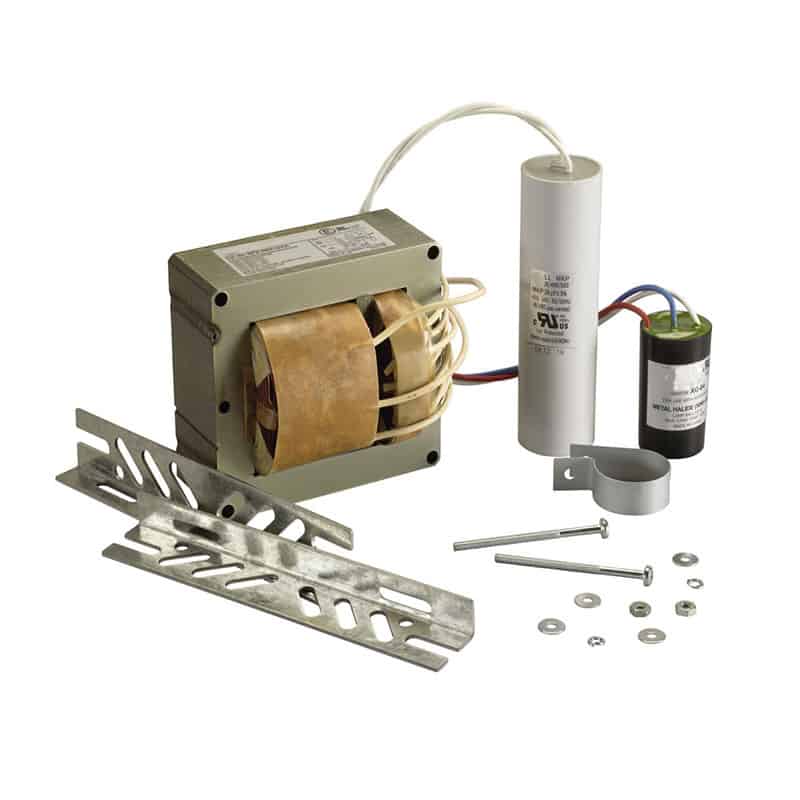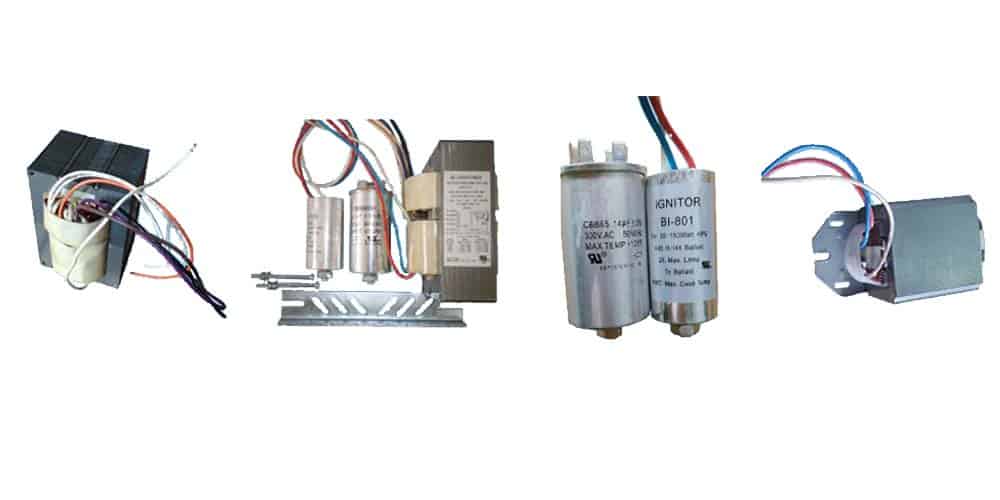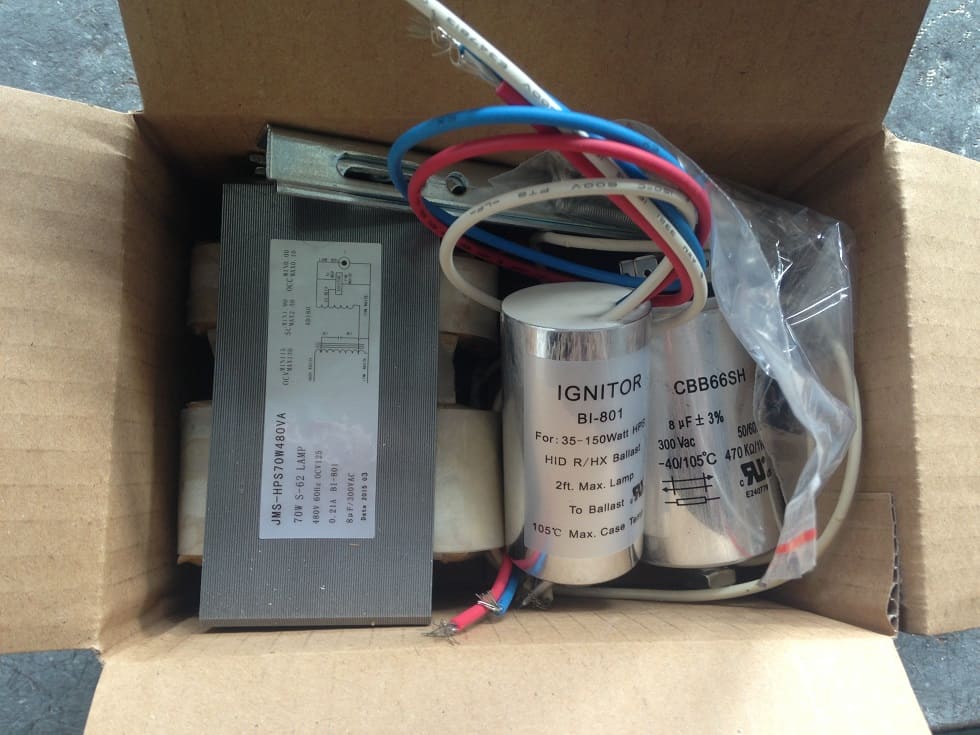When using High-Intensity Discharge (HID) lighting, matching the wattage of the bulb and ballast is essential for achieving optimal performance and safety. Some users may wonder if a 35W HID bulb can operate with a 55W ballast in hopes of achieving brighter lighting. However, using a mismatched HID bulb and ballast setup can lead to poor lighting performance, safety risks, and reduced component lifespan. Understanding the risks and why proper wattage matching is critical can help ensure safe and efficient HID lighting operation.
No, using a 35W HID bulb with a 55W ballast is not recommended. The mismatch in wattage can lead to overheating, shortened bulb life, and potential safety hazards.
Many HID lighting systems rely on ballasts to control the voltage and current delivered to the bulb. A ballast that matches the bulb’s wattage rating ensures the right amount of power is supplied, resulting in optimal performance and stable operation. However, using a 55W ballast to power a 35W bulb exceeds the bulb’s design specifications, causing multiple performance and safety issues. Here, we’ll delve into the reasons why wattage matching is necessary, the risks of using mismatched components, and some common misconceptions about HID lighting.
Why Wattage Matching is Crucial for HID Bulbs and Ballasts
In an HID lighting system, the ballast is responsible for regulating the power supply to the bulb. Ballasts are carefully calibrated to deliver a specific wattage for each bulb type. A mismatch between the ballast and bulb wattage can cause irregular power flow, leading to unstable operation. In this scenario, a 55W ballast will send more power than the 35W bulb is designed to handle, resulting in potential overheating and damage to the bulb or ballast. By using a properly matched ballast, the HID system can operate within its designed specifications, providing stable, efficient lighting.
When a higher wattage ballast powers a lower wattage bulb, the bulb’s internal components are stressed due to the increased power. This additional stress not only generates excessive heat but also accelerates wear and tear, leading to reduced performance and premature failure. Proper wattage matching prevents these issues by ensuring the bulb operates at its optimal temperature and light output, extending the lifespan of both the bulb and ballast.
Potential Risks of Using a 35W HID Bulb with a 55W Ballast
Using a 35W HID bulb with a 55W ballast can cause the bulb to overheat significantly. The extra power supplied by the ballast heats up the bulb beyond its safe operating range, potentially leading to bulb failure or, in extreme cases, melting or even explosion of the bulb casing. This overheating can also damage other internal components within the HID system, further reducing overall reliability. Beyond bulb damage, mismatched wattage can also lead to ballast wear, as the ballast is forced to operate outside its designed parameters to supply constant power to an underpowered bulb.
Another major risk of mismatched wattage is reduced component lifespan. Both the 35W bulb and 55W ballast are designed with specific power tolerances in mind. When the ballast exceeds the bulb’s capacity, it hastens the degradation of the bulb’s arc tube and other internal components, reducing its functional life. This results in more frequent replacements and higher maintenance costs. By using a correctly matched ballast, you can extend the life of your HID components and avoid unnecessary expenses.
Performance Consequences of Mismatched Wattage
Using a 35W bulb with a 55W ballast compromises the quality of light output. A 35W bulb subjected to excessive power may not maintain a stable light output or correct color temperature, affecting visibility and the overall aesthetic quality of the lighting. In applications where consistent lighting is necessary, such as in vehicles or industrial environments, this reduced light quality can lead to safety issues due to poor illumination.
Moreover, using a higher wattage ballast with a lower wattage bulb results in reduced efficiency. While you might assume that additional power would create brighter lighting, the reality is that a 35W bulb cannot efficiently process the extra energy from a 55W ballast. The increased power consumption without corresponding brightness benefits leads to wasted energy and higher operational costs. In the end, mismatched wattage makes the HID system less efficient and far less reliable.
Safety Hazards When Using a 35W HID Bulb with a 55W Ballast
One of the most serious concerns with mismatched HID wattage is the potential safety hazards. Overheating is a significant risk, as it can lead to the failure of the bulb and, in worst-case scenarios, a fire hazard. The additional power can also compromise the integrity of the bulb’s casing and lead to catastrophic failure, such as shattering or explosion. In settings like automotive lighting or industrial applications, sudden bulb failure can pose immediate safety risks for operators and anyone nearby.
Another hazard is the risk of unexpected bulb failure. When a 35W HID bulb is subjected to 55W of power, it can suddenly stop working, creating sudden darkness. In applications like outdoor security lighting or vehicle headlights, sudden failure of an HID bulb could leave users in a vulnerable situation. Therefore, ensuring a wattage-matched system not only protects the integrity of the HID components but also minimizes safety risks for users.
Proper Alternatives: Using Compatible HID Bulbs and Ballasts
To avoid these issues, always use an HID ballast with the same wattage rating as the bulb. For example, if you have a 35W HID bulb, choose a 35W HID ballast specifically designed for that bulb type. Many manufacturers provide ballasts in various wattages to meet the needs of different HID bulb types, and selecting a compatible ballast helps ensure both safety and efficiency. Using a correctly rated ballast also maximizes the lifespan and reliability of the HID system, providing dependable performance and reduced maintenance costs.
In addition, there are many options available when looking for compatible ballasts for a 35W bulb. High-quality, compatible 35W ballasts often include built-in safeguards to protect against voltage fluctuations and offer stable power regulation, ensuring your HID system performs optimally without the risks associated with mismatched wattage.
Common Misconceptions About HID Wattage Compatibility
One common misconception is that using a higher-wattage ballast will make a lower-wattage bulb brighter. However, HID bulbs are designed with specific power requirements, and they cannot process more energy than their rated wattage. Instead of creating more brightness, the extra power can damage the bulb and reduce the light quality. Another myth is that slight wattage mismatches are safe or may have minimal impact, but in reality, even a small discrepancy can lead to excessive heat, unpredictable performance, and higher failure risks.
Another misunderstanding is that safety isn’t compromised by wattage mismatches in HID lighting systems. In truth, even slight mismatches between the bulb and ballast wattage can lead to significant safety concerns, especially in sensitive applications like vehicle headlights or industrial lighting systems. Choosing the right wattage combination ensures you don’t run the risk of damage or safety hazards in demanding environments.
Final Thoughts
In HID lighting systems, using a 35W HID bulb with a 55W ballast is not safe or recommended. Properly matched wattage ensures the safest, most efficient, and longest-lasting lighting solution.



